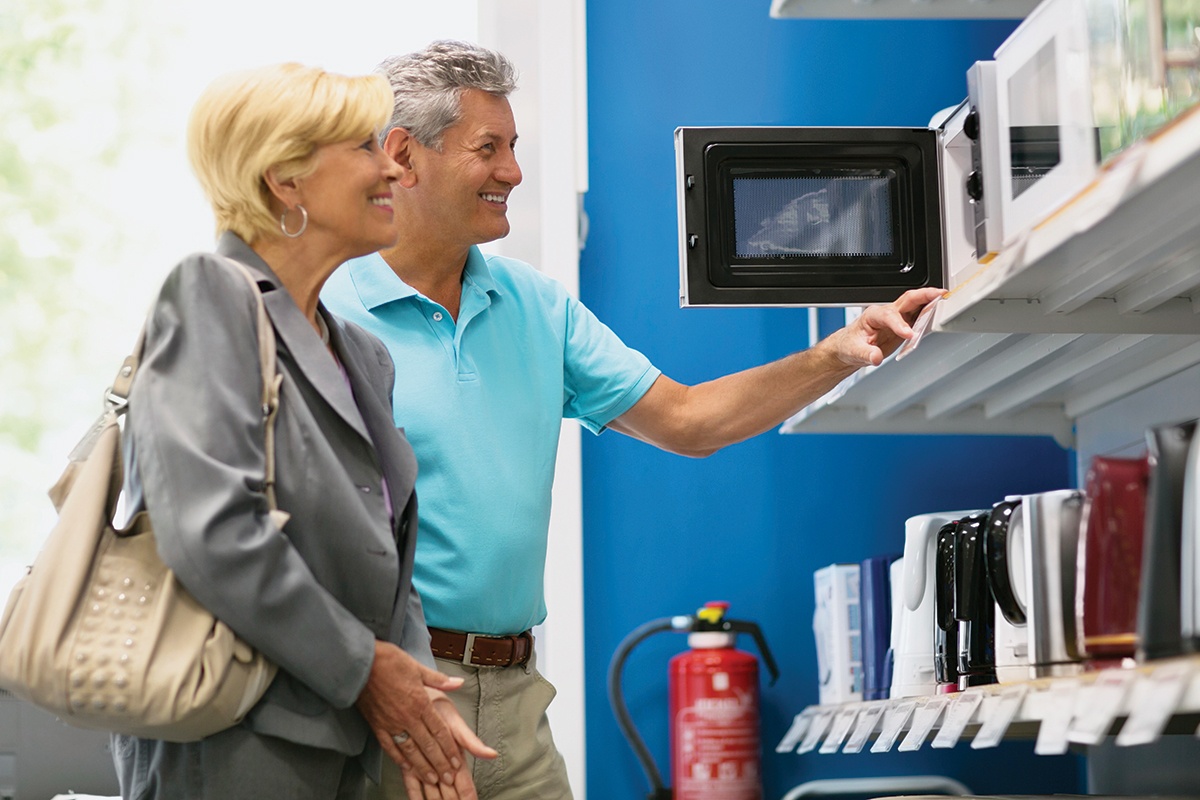An energy-efficient home is a comfortable home. For greater comfort and savings, make changes to your home in these areas:
Air Sealing
Sealing gaps is one of the quickest ways to make your home more comfortable and efficient. Reducing wasted airflow can pay off in as little as one year. Caulking and weatherstripping are two simple and effective techniques. Caulk is generally used for openings between stationary components, such as around door and window frames. Weatherstripping is used to seal components that move, such as doors and windows.
Reset Water Heater Thermostat
Most water heaters will heat water to a set temperature and then hold it there. This means that all day and night, the water heater cycles on and off, just maintaining that set temperature. Lowering the setting a few degrees can mean big savings. And chances are that turning down the water temperature won’t even be noticeable when you turn on the tap.
Programmable Thermostat
It seems obvious, but just like the water heater maintains a set temperature even when it isn’t being used, a thermostat does the same thing for the entire house. Just letting it cool off (or warm up) when there isn’t anyone home or awake can save energy and money as well. Without sacrificing comfort, it can also save close to half of what air sealing would save you. This change usually pays for itself in about three years.
Attic and Wall Insulation
The greater the difference between the indoor and the outdoor temperatures, the more energy it takes to maintain a comfortable temperature in your home. Adding insulation between the indoors and the outdoors reduces that energy demand. Depending on where you live, the savings from insulating your walls and attic could be almost double the savings of air sealing. This upgrade pays back in 3 1/2 to 12 years.
Replace Your Refrigerator
Much like a water heater, a refrigerator holds a set temperature that is very different from the air outside of it. It makes sense that a better-sealed, better-insulated refrigerator with better mechanical systems would save more energy. Depending on your previous model, a new Energy Star-certified refrigerator can save up to $150 per year. One way to test the seal on your refrigerator is to close a dollar bill in the door. If the bill drops when you close the door and let go, you may want to consider fixing the seal or getting a new one. A new energy-efficient refrigerator may pay for itself within 10 years—well under the average lifespan of the appliance. Replacing a damaged seal will pay for itself very quickly.
Water Heaters and Furnaces
The savings from water heaters and furnaces depend a lot on where the house is and what the fuel is. If you live in a cold climate or a warmer one, a new high-efficiency furnace could rival or exceed air sealing for its potential savings. In warmer areas, a high-efficiency heat pump may be the best choice for the home.


